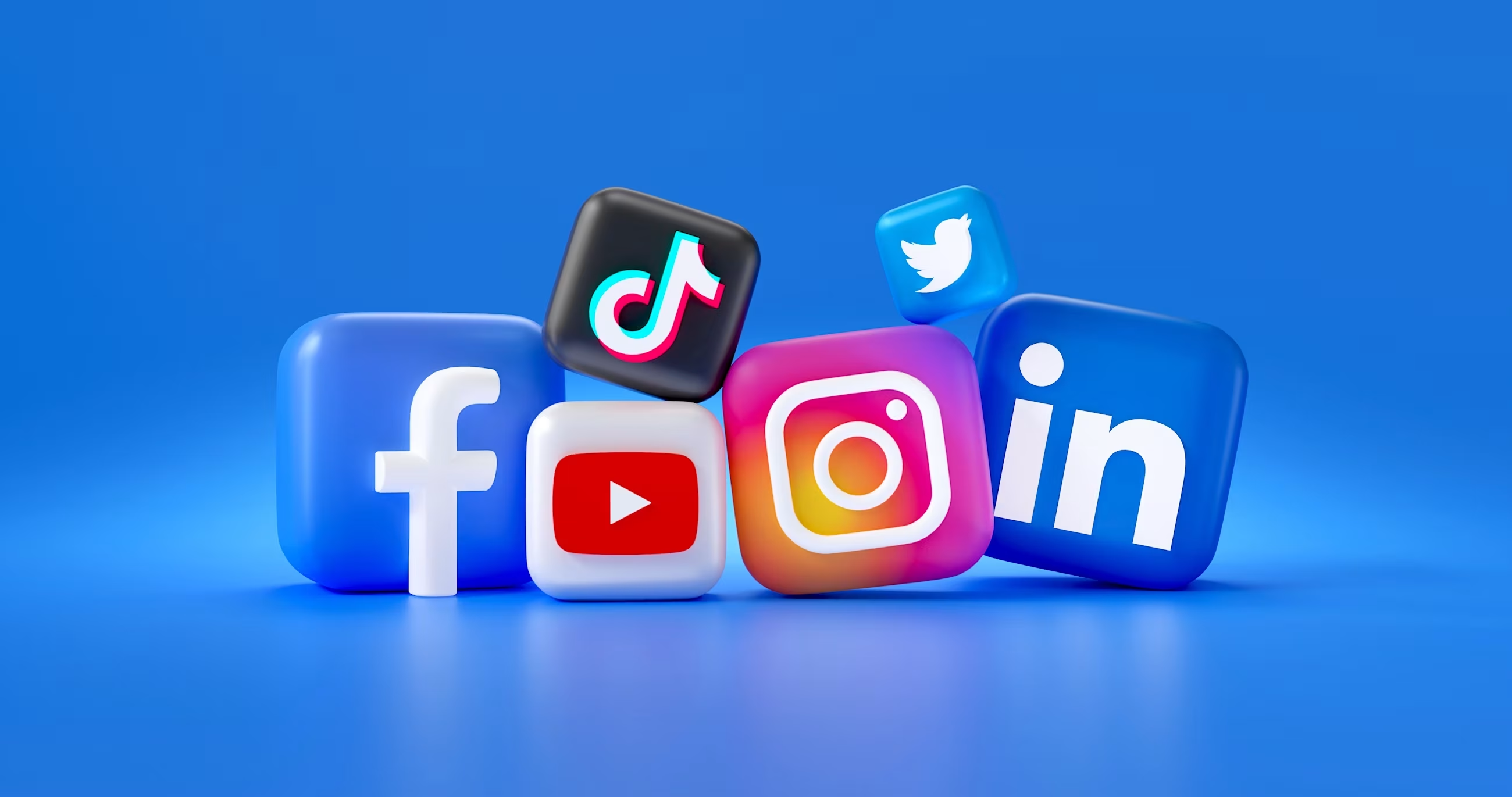The Psychology Behind Viral Content: What Makes People Share
Uncover the psychological triggers that make content go viral. Learn the science-backed strategies top creators use to create shareable, engaging content.

What Makes People Share
If content is king, virality is the crown jewel—and psychology is the secret jeweler behind it.
Why do some posts spark wildfire while others barely flicker? Spoiler: it’s not the algorithm alone. At the core of every viral hit is human psychology—emotions, social proof, and identity. Sharing is never random; it’s how people signal who they are, what they know, and how they feel.
The Science of Sharing
High-Arousal Emotions Rule the Feed
Researchers from Wharton analyzed 6,956 New York Times articles. The finding: pieces that evoked awe, anger, or anxiety were significantly more likely to be shared. Sadness, on the other hand? Almost no boost.
- Awe increased share probability by ~34%.
- Anger and anxiety saw upticks of ~20%.
- Sadness had negative impact on virality.
Translation: posts that make hearts race—whether from amazement or outrage—fuel clicks and shares.
No wonder videos like the “Double Rainbow” (pure awe) or rants about airline delays (pure anger) go viral.

Social Currency: Share to Show Who You Are
Here’s where psychology gets juicy: people don’t just share content, they share themselves.
A Nielsen report found that 84% of people trust recommendations from friends and family more than ads. Sharing, then, becomes a way of saying: “This is me. I’m clever, funny, informed.”
Examples:
- Spotting a new meme early = insider points.
- Posting a rare life hack = “look how useful I am.”
- Sharing a quirky article = “I’ve got personality.”
That’s Social Currency in action. It’s less about the content, more about what it says about you.
Jonah Berger’s STEPPS: The Viral Recipe
Jonah Berger’s book Contagious breaks down six ingredients for virality, remembered as STEPPS:
- Social Currency – Content makes people look good when they share it.
- Triggers – Everyday cues (like “TGIF”) keep ideas top of mind.
- Emotion – High-arousal feelings push people to act.
- Public – If it’s visible, it’s repeatable.
- Practical Value – People love passing on useful shortcuts.
- Stories – A narrative sticks longer than raw data.
Fun fact: During the 2010s, Blendtec’s “Will It Blend?” YouTube series leveraged Practical Value + Social Currency (blending iPhones, golf balls, etc.) and skyrocketed sales by 700%.
Emotional Contagion: Sharing = Bonding
Humans are emotional echo chambers. Studies on emotional contagion (yes, it’s a real term) show that when we see others laugh, rage, or cry, our brains mirror those states.
- A 2014 Facebook study across 689,000 users proved moods spread algorithmically—positive posts generated more positive sharing, and negative posts spread negativity.
- Think of it as a “digital sneeze.” Share one feeling, and hundreds catch it.
This is why content that makes us feel strongly travels faster than neutral posts.
The Viral Blueprint: Building Shareable Content
So, how do you design content that begs to be shared? Follow the psychology playbook:
-
Open with Impact
Shock, humor, awe—hook hard. A study by Chartbeat shows you have 8 seconds before readers bounce. -
Stack Social Currency
Give audiences something they’ll want to brag about. Quirky stats, early trends, or clever hacks do the trick.Example: “Did you know people are more likely to survive a plane crash than click a banner ad?” (Ouch—but irresistible to share).
-
Deliver Real Value
Content that solves problems spreads. Life hacks, cheat sheets, calculators—all thrive on practical worth. -
Tell a Micro-Story
Every shareable post has a beginning, middle, and payoff—even if it’s only 20 seconds long. -
Use Triggers & Visibility
Create cues that remind people of your content (“Got milk?” ran for 20 years because milk was everywhere). The more public the content, the more likely it spreads.
Case Studies: Psychology in Action
| Brand / Creator | Tactic | Outcome |
|---|---|---|
| ALS Ice Bucket Challenge (2014) | Social Currency + Public Visibility + Emotion (fun + empathy) | Raised $220M worldwide |
| Spotify Wrapped | Triggers (annual event) + Social Currency (share your playlist identity) | Shared by 120M users in 2023 |
| GoPro YouTube Channel | Awe + Stories (epic user footage) | Over 2.5B views across uploads |
| BuzzFeed Quizzes | Identity + Social Currency (“Which Disney character are you?”) | Drove 75% of shares via Facebook in early 2010s |
Ethics: Viral Without the Villainy
With great virality comes great responsibility.
- Inspire, educate, or uplift.
- Don’t manipulate fear or spread misinformation.
- Be authentic—audiences reward trust over time.
- Don’t reduce people to clickbait; design with empathy.

The Bottom Line
Virality is not magic—it’s math plus psychology. Content that sparks awe, anger, or excitement, gives people social currency, and embeds a story worth retelling has the highest odds of spreading.
“We don’t just share information. We share who we are.” — Jonah Berger
Next time you draft a post, ask yourself:
- Does this give people something to feel?
- Does it give them something to show off?
- Does it give them something useful or memorable?
If yes—congrats. You’re sitting on viral fuel.
Ready to create psychologically compelling content? Try Wayjaai to generate trend-aware ideas that naturally incorporate these viral psychology principles.
Ready to create viral content?
Join thousands of creators using Wayjaai to generate trend-aware content ideas.
Start Free